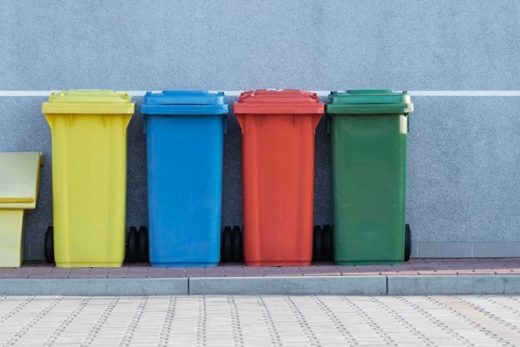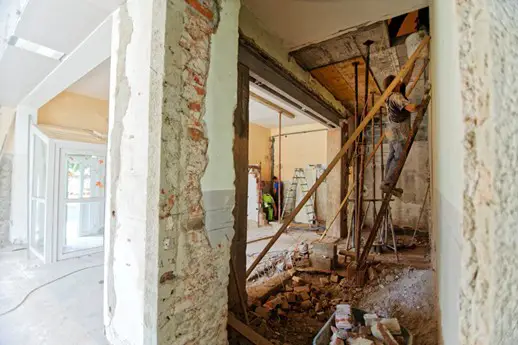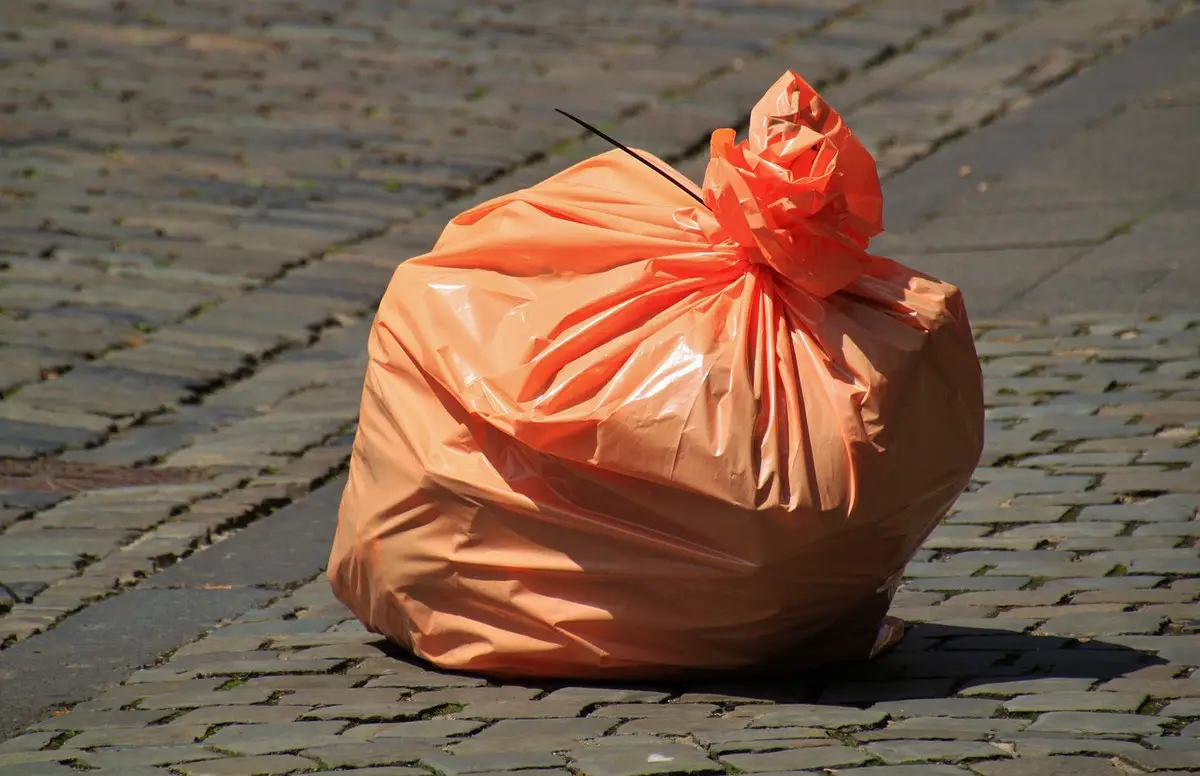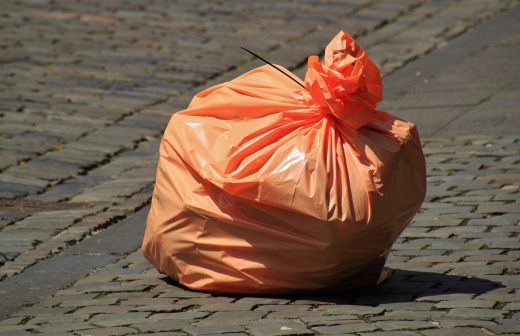Understanding trash bag thickness, Smart ways to remove trash & dirt after renovating a home, Junk removal, Rubbish moving services guide
Understanding Trash Bag Thickness
1 July 2024
We have all been there: you dedicate a weekend to conquer dust bunnies, vanquish clutter, and stuff your trash bag until it’s full. But as you try to take out the bag, it betrays you with a sickening rip, spilling your hours of hard work across the floor.
Yes, everyone uses various trash bag options, but how much thought do you give to them? Believe it or not, the thickness of your bag can make a world of difference between a clean sweep and a messy disaster.
When choosing the right trash bags for your home or business, trash bag thickness can make a big difference in their performance, cost-effectiveness, and overall convenience. In this article, you will understand why trash bag thickness matters and how to choose the right one for your needs.
Why Does Trash Bag Thickness Matter?
Besides saving you from a disappointing and frustrating cleaning finish, trash bag thickness is important for numerous reasons. The thickness of a trash bag determines its durability and strength. These qualitie help:
1. Prevent Breakage
Thicker bags are built to handle the toughest jobs. They are less likely to tear or puncture, making them ideal for heavy or sharp waste. Whether you’re disposing of broken glass, metal scraps, or garden debris, a thicker bag provides the durability needed to handle tough items without ripping.
2. Stop Leaks
Liquid waste can turn a manageable chore into a sticky situation. Thicker bags can better contain liquids, reducing the risk of messy leaks. When dealing with kitchen waste, especially food scraps or wet garbage, a thicker bag ensures that liquids stay inside, preventing leaks that can lead to unpleasant odors and the need for additional cleanup.
3. Saves You Money
While thicker bags might have a higher price tag upfront, they can save you money in the long run. They are less likely to tear, meaning you won’t have to use multiple bags to handle one load of trash. This efficiency not only reduces the number of bags you need to buy but also saves time and effort, making thicker bags a cost-effective choice in the long term.
Trash Bag Thickness Lingo
Now that you know why you should factor in trash bag thickness when buying one, how do you determine their thickness? Trash bags are commonly measured in mils and microns. But what do these terms mean?
- One mil equals one-thousandth of an inch (0.001 inch). For example, a 1.5-mil bag is 0.0015 inches thick.
- One micron is one-thousandth of a millimeter (0.001 mm). For instance, a 30-micron bag is 0.03 millimeters thick.
So, how do you know which is what? If you reside in the United States, the trash bag thickness is measured in mil. The latter (microns) is commonly used internationally besides the U.S. To give you a rough idea, a typical household trash bag might range from 0.7 to 1.0 mils, while heavy-duty contractor bags could be 2 mils or more.
Choosing the Right Trash Bag Thickness for Your Needs
Choosing the right trash bag thickness relies on the strength in numbers and what’s going into the bag. It simply means that the higher the mil count, the thicker and stronger the bag with the capacity to hold denser trash. Here’s a breakdown guide to help you choose the right thickness for your trash bags:
· Lightweight (0.7 – 0.9 mils)
These bags are perfect for lightweight waste like paper, tissues, and non-sharp kitchen waste, and they are ideal for small bins.
· Medium Duty (1.0 – 1.2 mils)
These are suitable for everyday household waste, including food scraps and slightly heavier items. They are great for kitchen and office use and can also collect recyclables.
· Heavy Duty (1.3 – 2.0 mils)
Ideal for heavier and bulkier trash such as broken dishes, clothes, or yard waste. They offer good durability without being overly thick.
· Extra Heavy Duty (3.0+ mils)
Designed for industrial or construction waste, these bags can handle sharp and heavy objects, such as broken glass, nuts, bolts, metal scraps, and large quantities of garden refuse.
When choosing a trash bag, look for a size that matches your trash can. An undersized bag can easily tear or slip into the can. Also, check the material the bags are made from. High-quality, puncture-resistant polyethylene bags are good choices. But if you can get biodegradable bags, that would be great for the environment.
Wrapping Up
Understanding trash bag thickness is a small but necessary aspect of managing waste efficiently. By choosing the right thickness, you can ensure that your trash bags are strong enough to handle your waste without frequent breaks or leaks. It ultimately makes your waste management routine smoother and more cost-effective.
Comments on this guide to Understanding Trash Bag Thickness article are welcome.
Home Waste / Rubbish
House Rubbish Removal
Renovation Waste Sorting and Disposal

Handy tips for rubbish removal in DIY projects

Invest In Junk Removal Service
Right type garbage disposal selection
Rubbish Removal Tips Before and After Renovation
Get Rid of all Extra Junk in Your House
Building Articles
Residential Architecture
Comments / photos for the Understanding Trash Bag Thickness page welcome






